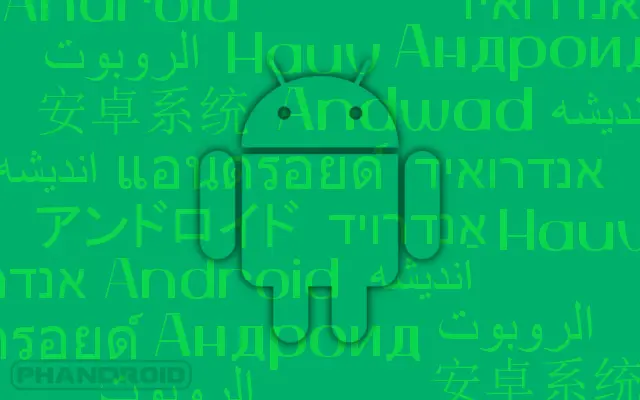
Hola. Learning a new language can be extremely challenging. Many people take on this task when it’s a requirement in school, but a growing amount of people are doing it on their own. Some do it for their careers, others for travel. Some do it for fun, others for practical purposes. Regardless of the reason, everyone who decides to learn a language will need help.
Contrary to what you may hear from TV infomercials, learning a new language isn’t as simple as buying a CD or tape. Language is an art that requires participation- thankfully we now have phones, tablets, and even watches that provide the perfect medium for interactive language learning.
Android users will find a plethora of learning options out there, so to make your lives easier we’ve compiled our list of the best Android apps for learning languages (with some special focus on apps for learning Spanish and apps for learning Japanese).
Multiple Languages
Duolingo
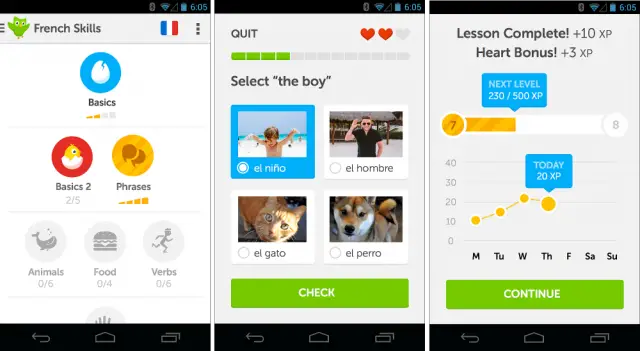
Languages: Spanish, French, German, Portuguese, Italian, and English
Price: Free
Duolingo is the best app for learning languages on Android. Full stop. Like many language learning services try to do, Duolingo turns learning into an addictive game. Each lesson comes with a few “hearts” that act like lives in a video game. For each incorrect answer you lose one heart. Complete the lesson and you can earn achievements. It’s very fun, and the lessons are short enough that you can complete one whenever you have a few minutes.
Another great feature of Duolingo is the design and developer support. Duolingo has a great tablet interface, embraces the Android design language, and was one of the first to support Android Wear. On your watch you can see flash cards and swipe through answers. Oh, and did we mention all of this is completely free? And you can use it on the web and iOS? Yep, it’s pretty great.
Babbel
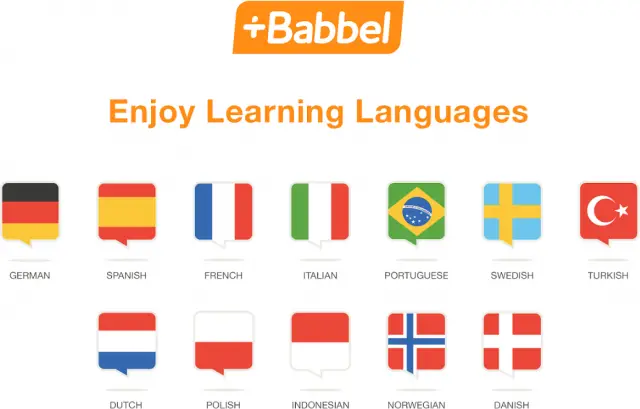
Languages: English, Spanish, French, Italian, German, Brazilian Portuguese, Swedish, Turkish, Polish, Dutch, Norwegian, Danish, Indonesian
Price: Free
Babbel for Android brings all of the great courses from Babbel.com to your mobile device. This app is perfect for anyone with or without previous knowledge of a second language. Babbel provides exercises for people of all learning types, inducing listening, writing, and speaking. The built-in voice recognition is great at making sure you’re speaking the language correctly. This app offers a wide variety of languages, but Babbel also offers dedicated apps to go more in-depth with a specific language. All of Babbel’s apps require a subscription.
Memrise
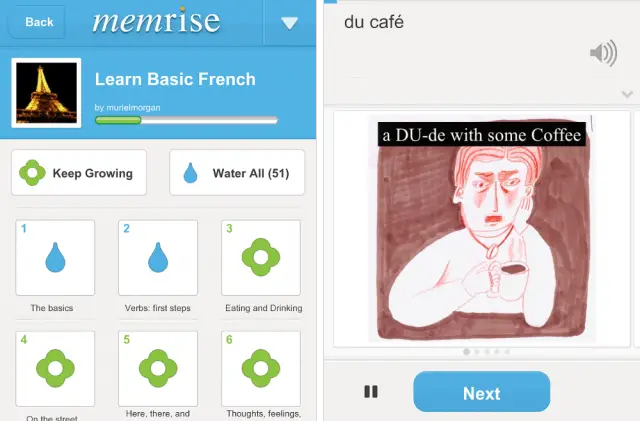
Languages: Chinese, English, French, German, Italian, Japanese, Brazilian Portuguese, Russian, Mexican Spanish
Price: Free
Memrise is a very unique way to learn new languages. You create “mems” which are meme-like pictures to help you remember a word. The idea is you will remember the funny picture and the words that go with it. Just like how kids use songs to memorize things. If you’re not feeling creative you can use mems that other users have made. If you are a more visual learner this is a great service to check out. Memrise is also great for other topics besides languages, such as learning geography.
Learn 50 Languages
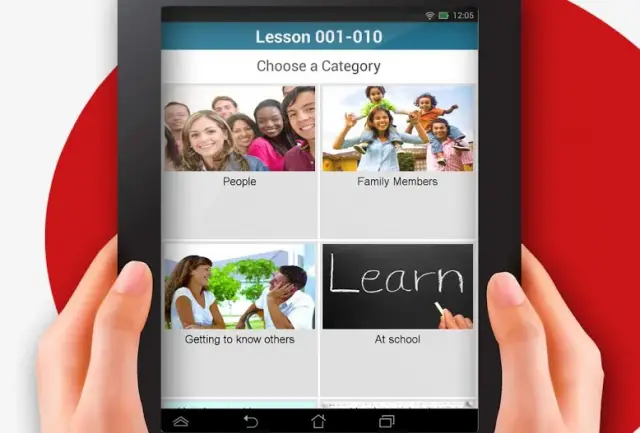
Languages: 50+
Price: Free
50languages.com contains over 100 lessons that provide you with a basic vocabulary, this free app provides 30 of those lessons. With no prior knowledge required, you will learn to speak short sentences in real-world situations. 50languages corresponds to the Common European Framework levels A1 and A2, which means it’s suitable for all types of schools and students. If you learned a language in school this app will be great in refreshing your memory. 50languages also provides dedicated apps for several languages.
Phrasebook
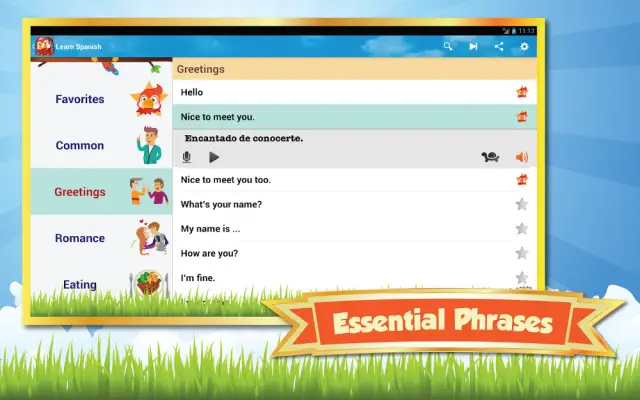
Languages: French, Spanish, German, Italian, Chinese, Japanese, Korean, English
Price: Paid
As the name implies, Phrasebook contains over 800 commonly used phrases and vocabularies. You won’t exactly learn a language this way, but the app is especially useful when you travel to countries where you are not familiar with the language. However, Phrasebook is much more than just a travel guide. You can learn languages by working with the parrot. Simply repeat after him, or use him to speak on your behalf.
busuu
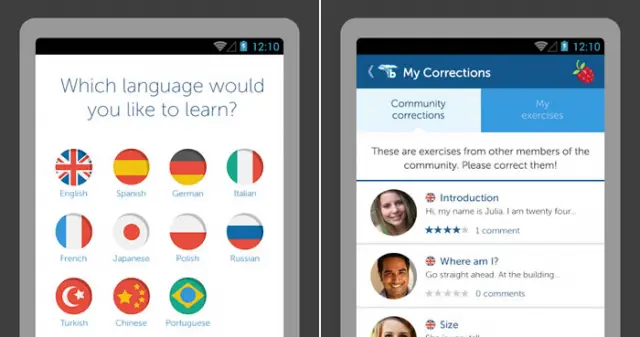
Languages: Spanish, French, Italian, German, Japanese, Polish, Russian, Portuguese, Turkish, Chinese, English
Price: Free
busuu describes itself as a “social network for learning languages.” When you sign up for a free account you are joining over 40 million other native language speakers. busuu offers 150 everyday topics containing 3,000 words and phrases. The courses are based on the CEFR, which is a recognized framework for learning languages. Since busuu is a social network you can get feedback from people who natively speak the languages you want to learn. This is a personal touch that not many other language learning apps can provide.
Courses123
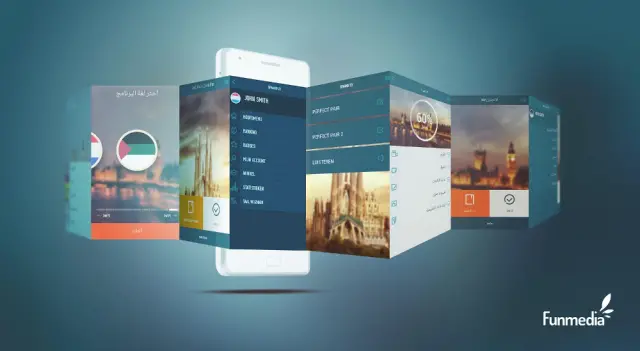
Languages: English, German, Spanish, French, Italian
Price: Free
Courses123 is one of the newer apps on this list. This app was made to utilize modern technology to help people learn new languages. Some of the techniques used include badges, achievements, progress meters, and a very easy to use UI. Courses123 uses flash cards and audio to teach new words and phrases. If you like the “game-ification” of education this is another fun app to try.
LingQ
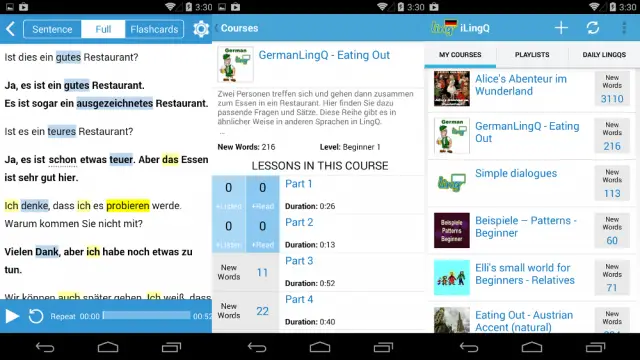
Languages: English, French, Spanish, Japanese, Italian, German, Russian, Chinese, Portuguese, Swedish, Korean, Dutch
Price: Free
LingQ is a great language learning app for people who want to listen to audio lessons. The old-fashioned way to learn a new language was to play cassette tapes, but now we have apps like LingQ which make it even easier. If audio isn’t your cup of tea, LingQ also uses flashcards for memorization. All of your lessons and progress are synced to the LingQ website. It’s also worth noting that this app receives frequent updates to stay up to date with Android.
Rosetta Course
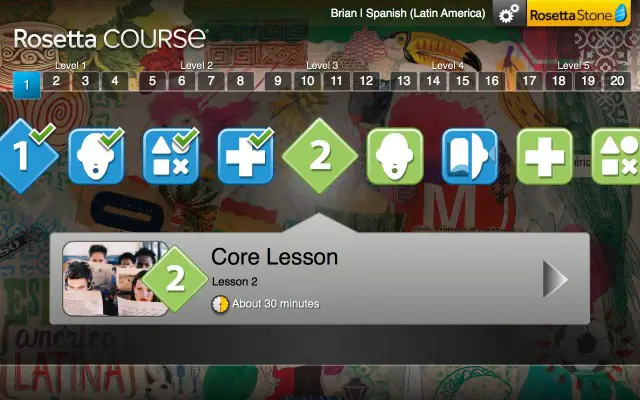
Languages: 30+
Price: Subscription
Rosetta Stone is one of the most recognizable names in language learning. Their Android app gives current subscribers a way to learn on the go. Rosetta Course gives you access to language basics like greeting and introductions, terms for shopping, travel, friends and social, and dining and vacation. If Rosetta Stone is your software of choice this is an excellent companion.
Mango Languages
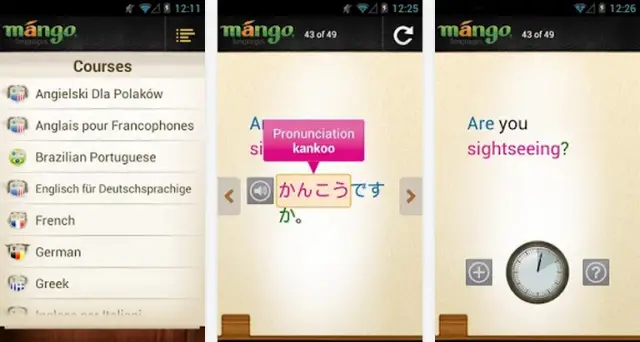
Languages: Chinese (Mandarin), French, German, Greek, Italian, Japanese, Korean, Portuguese, Russian, Spanish, Thai, Turkish, Vietnamese
Price: Paid
Mango Languages unique feature is called “Intuitive Language Construction.” This feature attempts to mimic the natural process by which people learn to speak. It does this by presenting material through real-life conversations. Every lesson incorporates Mango’s four conversation components: vocabulary, pronunciation, grammar, and culture. The first lesson for every language is free from Mango. Subsequent lessons require the Mango Passport.
Google Translate
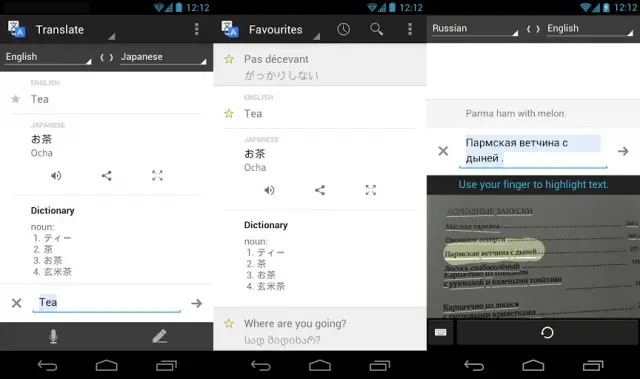
Languages: 80+
Price: Free
Trusty ‘ol Google Translate can also be used to learn a new language. As the name suggests, this app is great at translating language. You can enter words or phrases manually and see the translation, or speak to it and hear the phrase back. Another cool feature is the ability to scan real world items and get them translated in real-time. Google Translate certainly isn’t as powerful as other apps on this list, but it’s a nice simple way to get started.
Single Language
Best App for learning English – Voxy
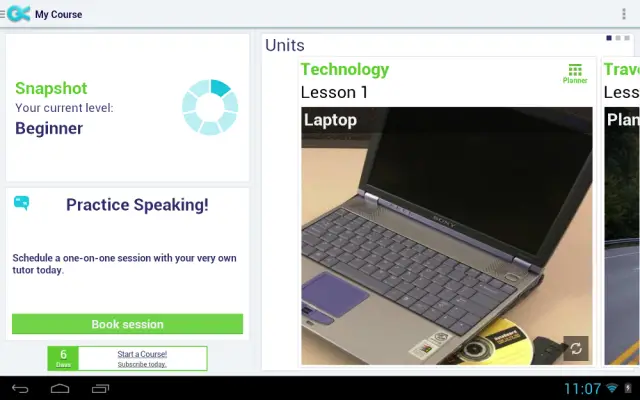
Price: Free
Most of the apps on this list are targeted to English-speaking people, but Voxy is the opposite. This app is all about teaching the English language. Voxy offers lessons that adapt to your specific needs and wants. Native speaking tutors are available for one-on-one tutoring, and lessons are updated every day to give you new and fresh exercises. Voxy will help you speak English better than some native speakers do.
Best App for learning Japanese – Learning Japanese
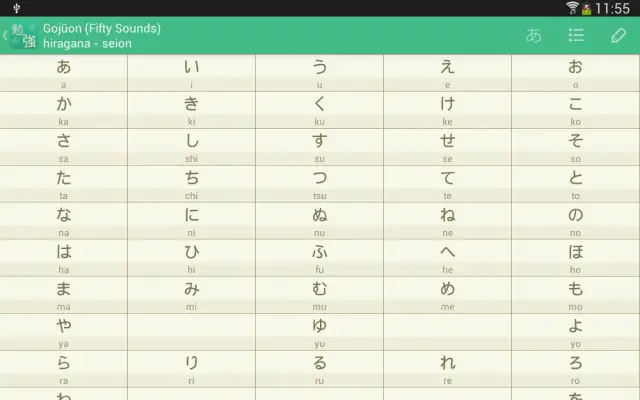
Price: Free
Learning Japanese can be a daunting task. One of the first important things to learn is the KANA vocabulary and the correct way to express numbers, dates, and time. This app will help you learn those things with stroke and audio tests. The best way to learn Japanese is to write it, and that is exactly what you can do in this app. You can also use this app as a phrasebook for when you don’t know what to say.
Best App for learning Spanish – Learn Spanish
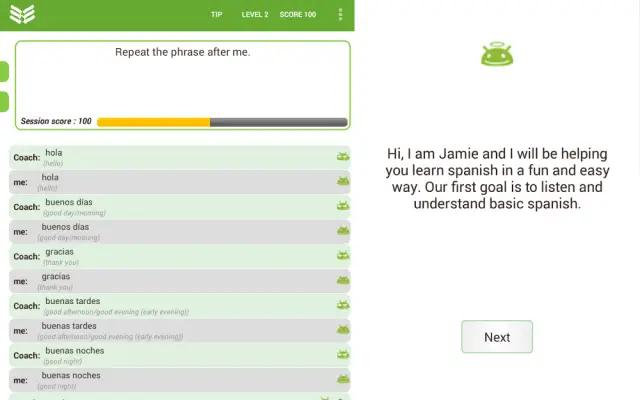
Price: Free
One of he most common languages in the world, especially here in the United States, is Spanish. Underneath almost every English phrase on signs in big cities is a Spanish translation. If you’re interested in learning this language this is a great app for doing it. Learn Spanish by SpeakTribe uses innovative approaches designed specifically for beginners. It’s the fastest way to get started on the right track.
Learning a new language doesn’t have to be a chore. We hope that these apps will make the experience more fun and enjoyable. If you learned a new language with an Android app let us know in the comments below!
Have you learned foreign languages with an Android app?
- What’s your favorite app for learning languages?
- Have a “Best App” suggestion for a single language besides English, Spanish, and Japanese? Let us know.
- Impress us with a phrase from the language you learned (keep it clean!)




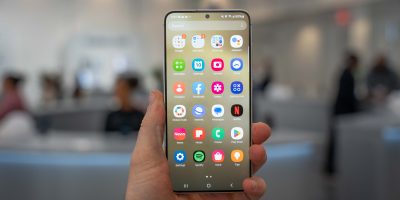





Awesome list! I’m using Duolingo to learn French, but I’ll use LinQ for additional audio lessons
Two things:
(1) inb4 “Google Translate!”
(2) I really like the idea of “gamification” of langauge learning and using those spare/bored moments to educate yourself in a challenging, fun, and useful arena like foreign languages. Great job, Joe!
Wow… about 4 ads popped up in my face at varying times while trying to read the article. I won’t be coming back to phandroid.
I could think of several people that could really use the Voxy app
You might want to mention the “Phrasebook” feature of Google Translate which is available on Desktop and Android, no iOS. It allows you to store a translation in a list which is synced on the desktop version and Android. Plus, you can export those translations into a Google Spreadsheet file. One can then use flashcard app in the Play Store that can sync with your Google Drive account to quickly create decks of flashcards.
Google Translate is good for individual words, it doesn’t do a good job with idiomatic expressions, but if you can find a satisfactory translation you can always use phrasebook to save it and then sync across other devices.
For learning Japanese vocabulary i love this one below :)
https://play.google.com/store/apps/details?id=simon.gallouet.learnjapanese
Because it have more advanced vocabulary, simple but efficient games , work in parallel with mina no nihongo book, which is the book that most people use in japan to study japanese or even have manga vocabulary such as NARUTO or CODE GEASS.
Your local library might have a Mango subscription. If so, you can use the Mango app on your own devices for free via your library card/account.
So Joe, did you actually try those?
I’m more interested in knowing what’s more structured and effective in teaching me a language. If it’s free, that’s a bonus, but it needs to work. Maybe you can rank them that way?
Google translate is a good tool, but it is by no means a way to learn language. Half of the time translation isn’t right (not the translator’s fault of course). It does it’s job, but it’s NOT a primary tool for learning a language.
So, how about it, use them to learn languages then let us know what actually works?
Well, what works for me won’t necessarily work for you. We all learn differently. If I personally had to choose one to use it would be Duolingo.
Ah, I see that you have chosen long term success over short term practicality. duolingo seems to be a creative way of teaching classroom language learning. It doesn’t seem to be very useful if you need to use some street language in 30 days.
A combination of duolingo and lingq or duolingo and babbel could be nice.
I was hoping to get more info then the marketing description of busuu, but I guess I will just have to try it out.
I didn’t give Duolingo much of a chance because of one obvious problem in the beginning (which maybe improves as you go?). It’s shown right in the screenshot above… select the boy. I understand english… soooo.. I’m going to select the picture of the boy, not the words “el nino”. I’ve used Rosetta Stone a bit (for PC), and I really liked that because instead it says “el nino” to you, and you pic the picture of “el nino”. But again, I didn’t give Duolingo enough of a chance perhaps. Seemed like it was a poor attempt at Rosetta Stone. Am I wrong?